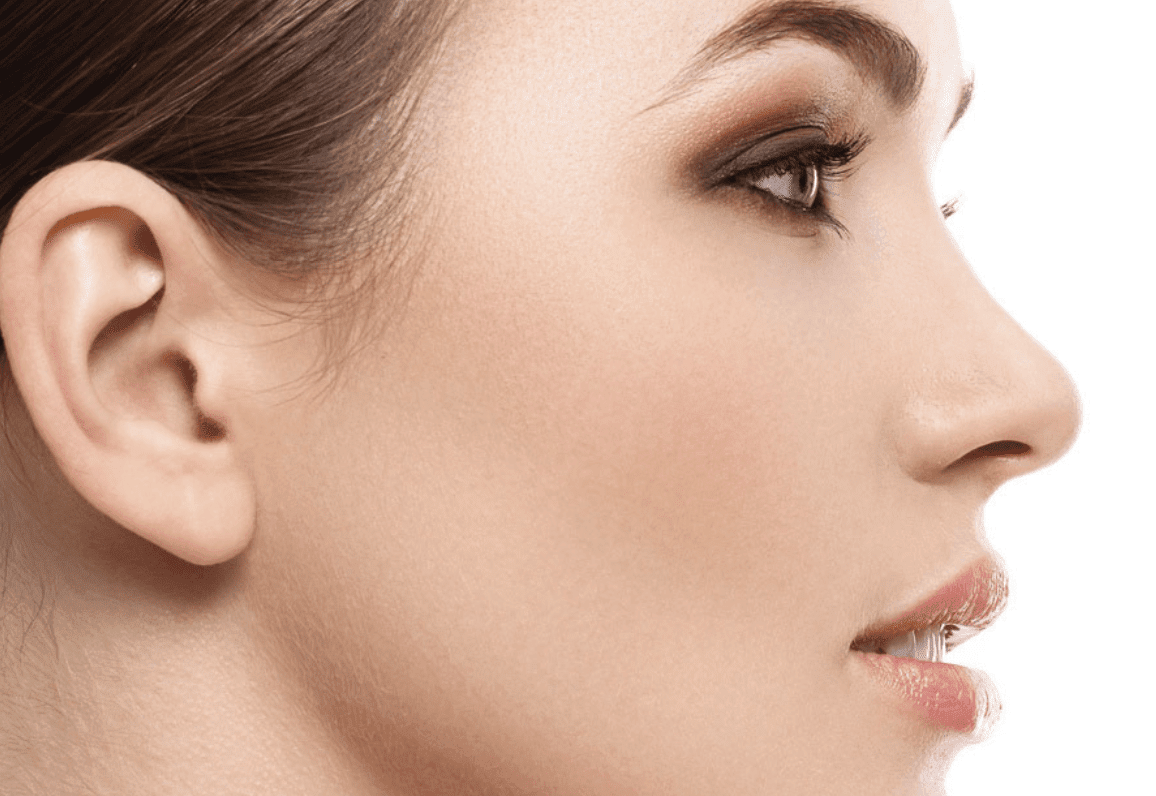If you’ve been considering Rhinoplasty to refine your facial features, you might be wondering how long it takes to see results. While the procedure is often associated with a major boost in confidence and aesthetic appeal, understanding the recovery timeline can help you set realistic expectations. From the initial swelling to the final refined shape, every phase of healing plays a role in your final look. In this guide, you’ll explore the typical Rhinoplasty In Dubai healing journey, what to expect at each stage, and how to recognize normal progress as you move toward long-term results.
The First Week: Immediate Aftermath
The first week after Rhinoplasty is often the most noticeable in terms of swelling, bruising, and overall discomfort. This is the body’s natural response to trauma, and while it may feel intense, it’s an expected part of the process.
During this time, you may experience:
-
Swelling around the nose and under the eyes
-
Mild to moderate bruising
-
A feeling of nasal congestion
-
Wearing of a nasal splint or bandages
Your breathing might feel restricted, but this is temporary. Many individuals feel anxious about their appearance at this stage, but it’s crucial to remember this is not the final result—just the starting point.
Weeks 2 to 4: Visible Reduction in Swelling
By the second week, the most dramatic swelling and bruising begin to fade. Most people feel comfortable resuming light social activities and returning to work or school, especially if any bandages have been removed.
Key changes during this period include:
-
Subtle definition of the nasal bridge or tip
-
Diminished bruising under the eyes
-
Improved breathing and reduced stuffiness
While the nose is still swollen, especially at the tip, the improvements become more visible with each passing day. You may begin to see early signs of your new profile.
One to Three Months: Subtle Refinements Begin
This is the stage where excitement usually builds. Your face looks much closer to what you envisioned, and the swelling becomes less noticeable to others.
Expect:
-
Gradual improvement in nasal contour
-
Decrease in residual puffiness
-
Strengthening of nasal tissues
You might start noticing how your nose fits better with your facial features. However, it’s still too early to judge the final shape. In some cases, mild swelling can come and go depending on the time of day or your level of physical activity.
Three to Six Months: Increased Definition
As the healing process continues, the nose starts to take on its final form. Cartilage settles, internal swelling diminishes, and nasal passages feel more open.
Changes during this stage:
-
Sharper nasal definition
-
Stable results that change less frequently
-
Full return to normal daily activities
At this point, the appearance of your nose should feel familiar and consistent. Many people report an increase in self-confidence as the new shape becomes a natural part of their identity.
Six Months to One Year: Final Results
The majority of healing concludes within the one-year mark. Most, if not all, of the swelling has resolved, and your nose has settled into its long-term shape. This final phase often reveals the fine details that were obscured in earlier months.
What to expect:
-
Tip refinement becomes more noticeable
-
Overall shape appears natural and symmetrical
-
Final texture and tone settle
If your nose was particularly complex or required adjustments to cartilage, the tip may still evolve slowly beyond this point. However, what you see now is generally the permanent result of your Rhinoplasty journey.
Beyond One Year: Long-Term Outlook
While most patients are fully healed within 12 months, subtle shifts can still occur even after the one-year milestone. These changes are typically minimal and don’t interfere with the overall aesthetic result.
Maintaining healthy habits, avoiding trauma to the nose, and protecting your skin from sun exposure can help preserve your results over the years. In very rare cases, individuals may notice slight changes in nasal shape due to tissue memory or scarring that settles differently than expected.
Emotional Milestones Alongside Physical Healing
The physical healing of Rhinoplasty is often matched by emotional shifts. It’s not uncommon to feel a rollercoaster of emotions—from excitement and anticipation to doubt and anxiety—as the healing unfolds.
Here are a few emotional stages many people go through:
-
Immediate post-op discomfort: Often brings second-guessing
-
Two-week recovery mark: Confidence slowly returns
-
Three-month visibility: Excitement over the transformation
-
One-year milestone: A sense of completion and self-assurance
Recognizing these stages can help normalize your experience and make you feel less alone during recovery.
Common Questions During the Recovery Process
Q: How long will my nose stay swollen?
The majority of swelling reduces in the first few weeks, but residual swelling—especially at the tip—can last several months.
Q: Can I wear glasses after the procedure?
Wearing glasses directly on the nose is typically avoided during the first few months. Special tape or support is sometimes recommended if you must wear them.
Q: When will I feel like myself again?
Most people feel physically normal within three weeks, but emotional adjustment may take a few months as you get used to your new look.
Realistic Expectations Create Lasting Satisfaction
The key to a successful Rhinoplasty Dubai experience is patience. While the transformation can be life-changing, it doesn’t happen overnight. The healing timeline is gradual, but every stage is necessary for achieving safe, stable, and beautiful results. Now that you understand the phases of the journey, you can prepare both mentally and physically. Whether you’re just beginning to consider the procedure or you’re in the early stages of recovery, knowing what lies ahead makes all the difference. If you’re currently navigating the swelling and waiting game, remember that Rhinoplasty results are worth the patience. Your final look will be a refined, natural version of your unique features—worth every step of the process.
